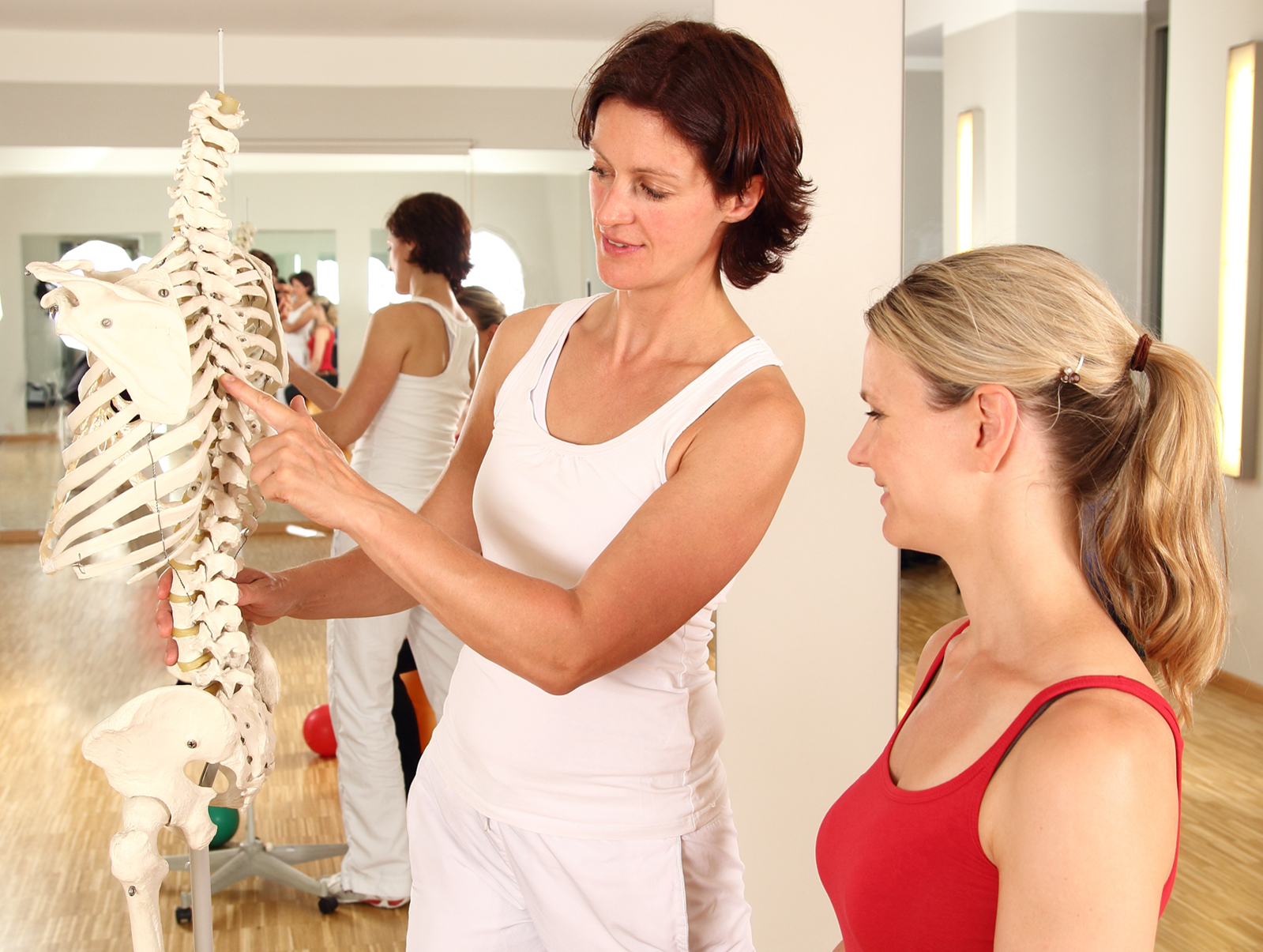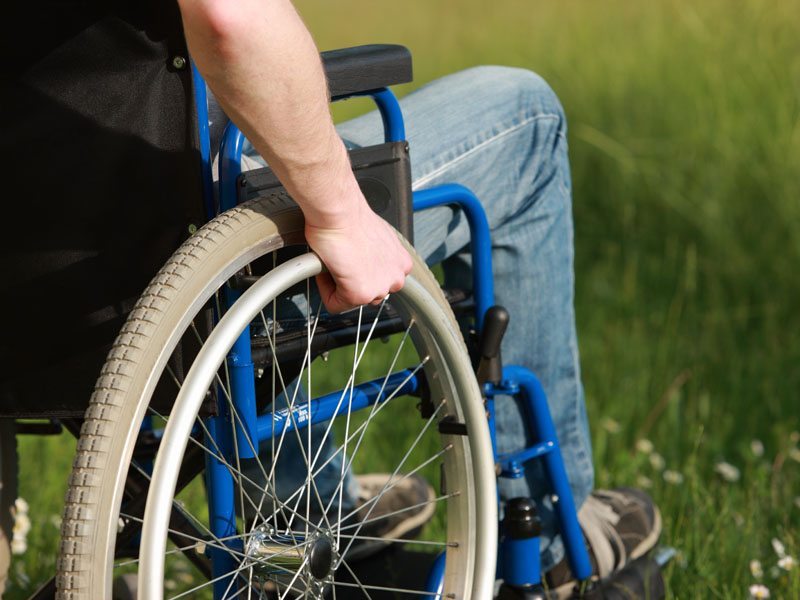INTRODUCTION
Wheelchairs provide variable mobility to people with various physical disabilities. There are four major types of wheelchairs: indoor, outdoor, combined and special. Ergonomics, or design of equipment to prevent injury, considers all physical and anatomical limitations of the users. Occupational therapists perform ergonomic assessments to evaluate proper wheelchair fit for each individual client. A complete assessment may prevent future injury, and improve mobility.
SEAT WIDTH
The width of the wheelchair seat is based on the users’ widest point, usually the hips or thighs. If shoulders are wide, consider the shoulder width when choosing a seat width. A too-wide seat leads to difficulty in mobility, inadequate support and discomfort. A narrow seat contributes to pressure sores, inadequate support and discomfort. It is important to have an exact measurement of the seat width for optimal mobility and environmental accessibility.
SEAT DEPTH
The seat depth is measured from the back of the pelvis to the back of the knee. Users with one leg longer than the other require both legs measured. Also, make sure the user is in a proper posture prior to all measurements. Subtract 1 to 2 inches from the measurements for optimal comfort.
SEAT HEIGHT AND ANGLE
The distance of the seat from the floor needs to consider a ground clearance of foot rests at 2 to 3 inches. When using a seat cushion, its thickness needs to be considered in this measurement. Also, drop hooks lengths need to be subtracted. It is important to have knees at 90 degrees when the feet are placed on the ground.
Tilting the back of the wheelchair seat down towards the floor provides multiple benefits. It assists gravity with positioning, improves vision, improves stability, and trunk control, while increasing comfort. The tilt is accomplished by decreasing rear wheel size, or increasing the front castor.
BACK HEIGHT
The back height of the wheelchair is measured from the top of the seat cushion to the top of the back support cloth. Occupational therapists assess the height of the user, their balance needs, and their need for support in relation to the wheelchair. If the back height is too high a user will have limited arm and shoulder mobility. If the height is too low, the user has inadequate support resulting in fatigue and sliding. The therapists will use five anatomical landmarks for these measurements, depending on the condition of the user. Also, proper seat to back angle needs evaluation.
FOOTRESTS AND ARMRESTS
The footrest settings must accommodate the length of the users’ legs. A measurement is taken from the back of the knee to the heel. Shoes should be worn during the measuring. The thickness of the cushion is subtracted from this measurement. If the footrest length is high it leads to pelvic pressure, hip rotation and discomfort. Too low footrests result in thigh pressure, hip rotation and sliding. Also, footrest angles usually sit at 60, 70 or 90 degrees. Pediatric users find 90 degrees helpful.
Armrest height is measured from the seat surface, or cushion, to the elbow. During measurements the elbow is flexed at 90 degrees, the arms are comfortable at the sides, while the shoulders remain relaxed. Armrest width should accommodate the environment and assist in transfers to and from the wheelchair.










